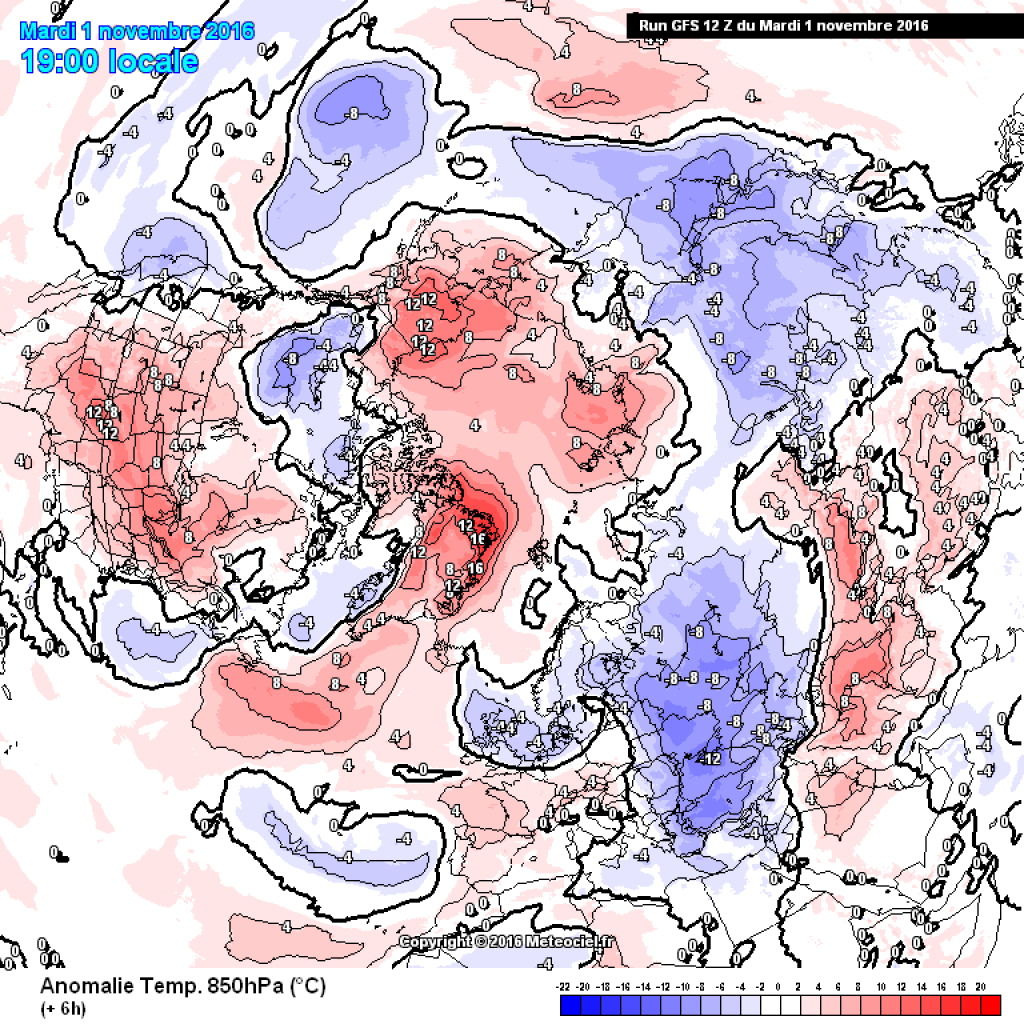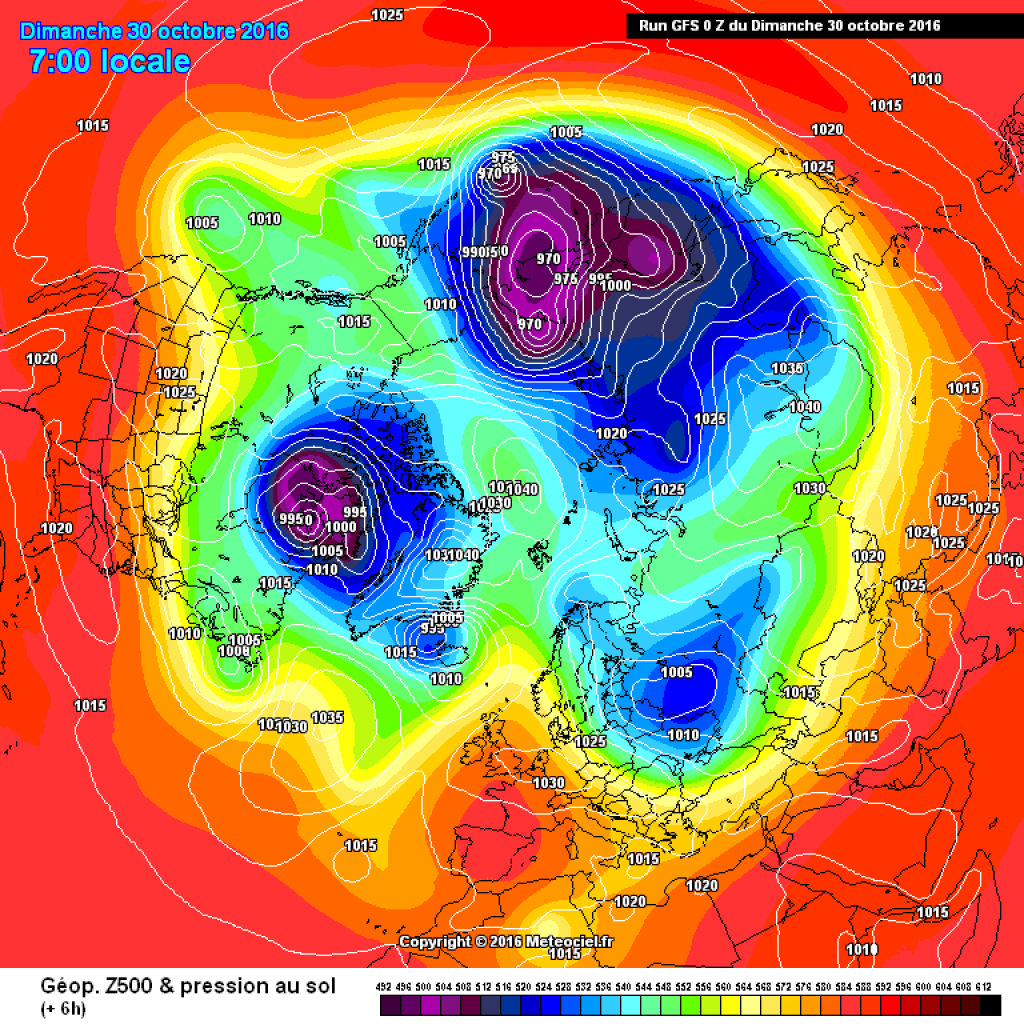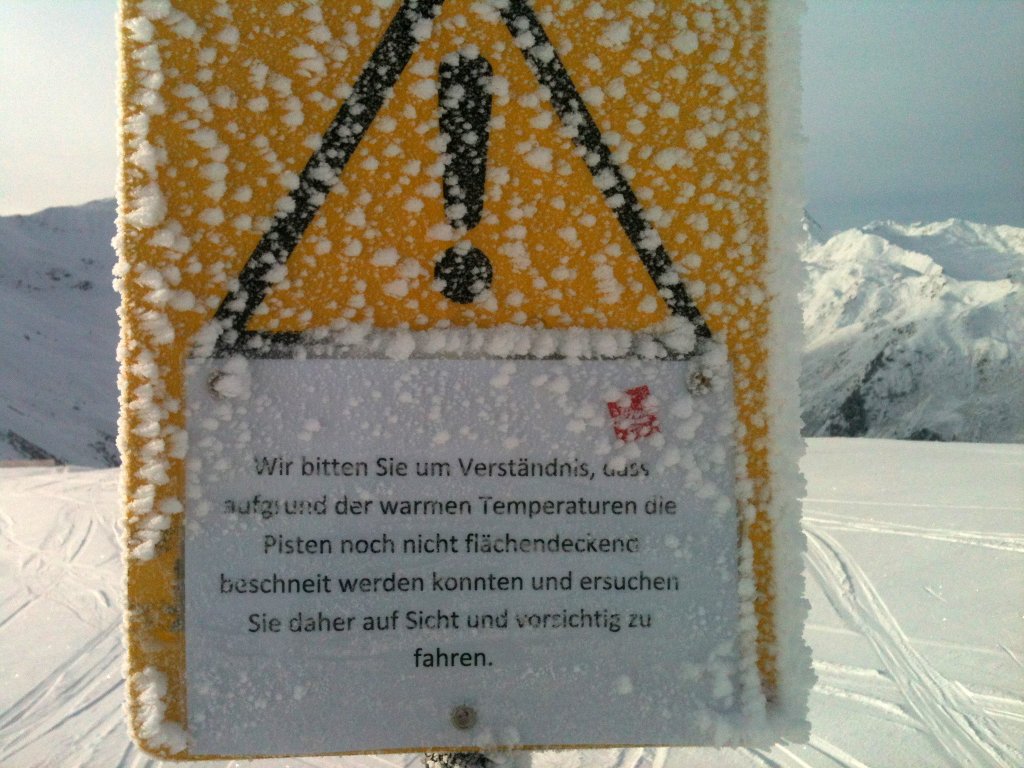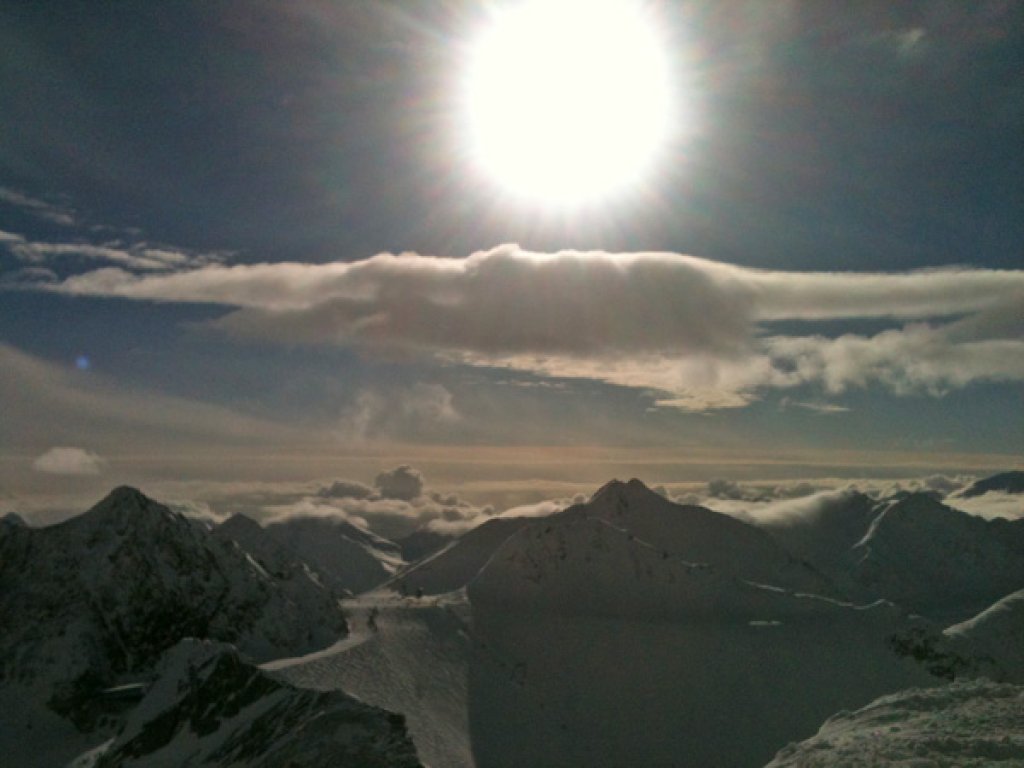The WeatherBlog was rather rudely awakened from its summer slumber by the current weather situation and the things you have to read about it. Still drowsy, we took a look around to see what you need to read. Welt.de sees the cold autumn as a "bad omen" and links to a climate change skeptic blog that believes we are at the start of a new ice age and suspects that the National Snow and Ice Data Center (NSIDC) is maliciously misrepresenting sea ice area, the DWD is engaging in satire and "concealing facts", and so on. We would have liked to turn around and sleep for a while. If you want to read something else (in addition to the WeatherBlog!), WetterOnline has a useful, albeit brief, summary of the situation. For those who are serious about their interest in the polar vortex and co, this detailed explanation is recommended (rather long and complex, in English).
So what's going on?
The polar vortex is indeed weakening. Low pressure centers in the area of the Aleutian Islands and west of Greenland are pumping warm air towards the pole. This has recently led to the formation of a high-pressure bridge between Alaska and Svalbard, which splits the cold polar vortex with a warm bridge over the pole. The division is no longer as pronounced as it was a few days ago, but the disrupted basic structure still exists.
Temperature distribution in 850hPa in the northern hemisphere, reanalysis from 30.10.: High pressure bridge over the pole clearly visible.
Why is that?
Well, many people would like to know that in more detail. The pressure distribution is probably related to the sea ice, but no one can really say for sure. The extent of the Arctic sea ice in October was very small this year (the summer mininum, on the other hand, was not as extreme as in some previous years, see figure below). Due to the relatively large, warm, ice-free areas of water, there is a clear positive temperature deviation over the Arctic (figure below). The continents, on the other hand, already have a fairly extensive snow cover (Eurasian snow cover is more advanced than usual at this time of year) and are cold. This situation is also known as the WACCy pattern - Warm Arctis, Cold Continents. The more pronounced the cold air reservoir in Siberia, the more persistent it can remain there, getting in the way of the polar vortex and shoveling cold air into Central Europe during Atlantic blocks. The connection between little sea ice, warm water and relatively heavy snow and cold on the continents can be speculated about with some justification. It is repeatedly assumed (example) that little sea ice indirectly leads to more snow and colder winters (warm water evaporates, warm, moist air meets cold continent, produces precipitation there, WACCy promotes circulation disturbances, etc.).), but there are also studies that disagree and the connection has not yet been definitively and conclusively reproduced with climate models (example).






